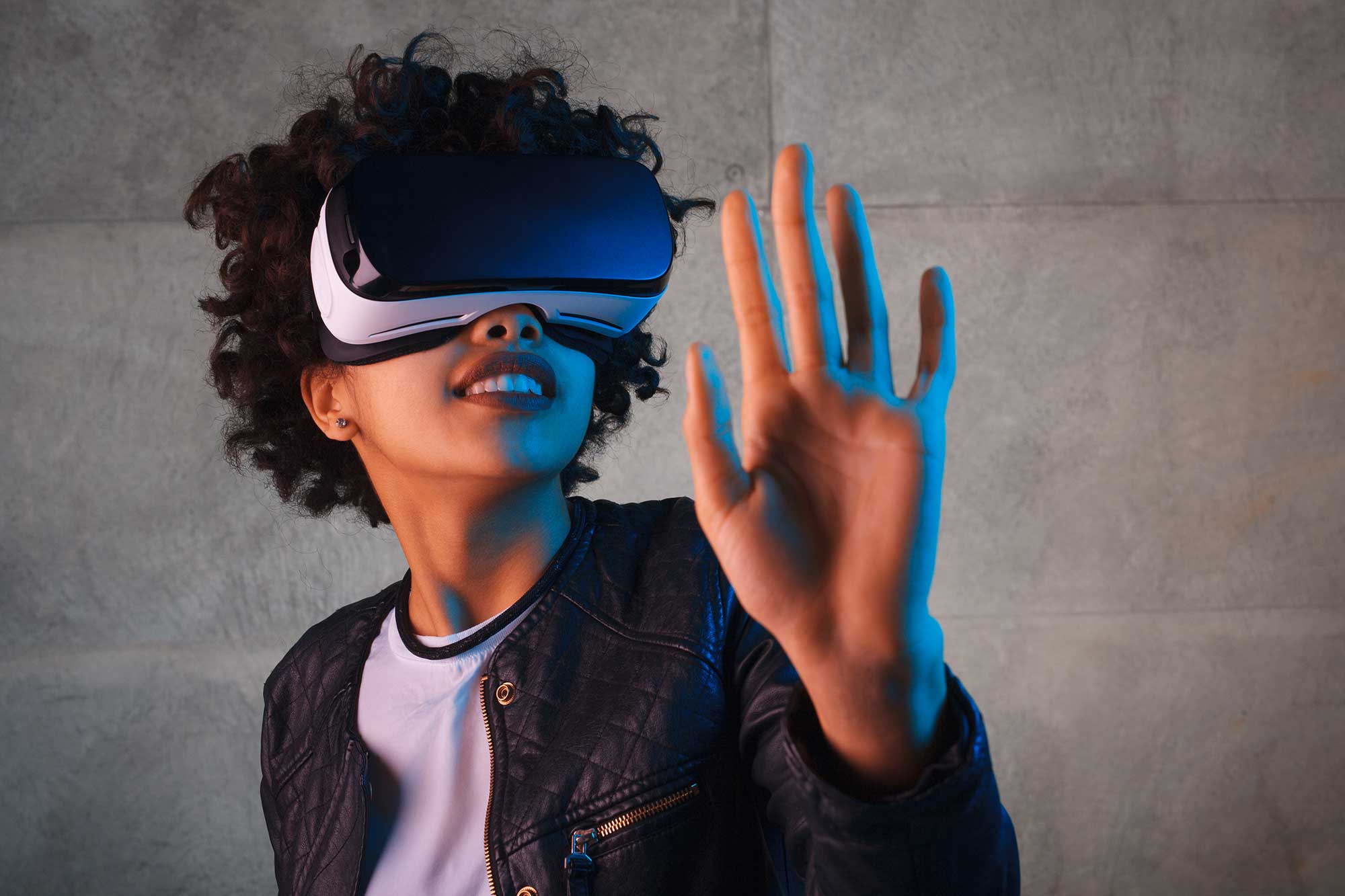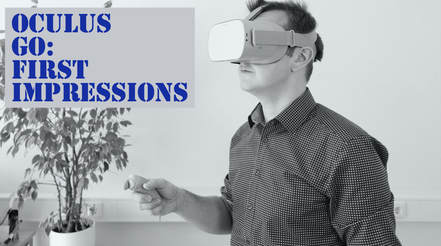Oculus Go: First Impressions


Let’s take this post to talk about Virtual Reality. VR is one of those spaces in education technology that is still a wild, wild west. There are so many education technology companies that have dipped there toes into the VR pool, and there are so many startups that are trying to gain a foothold in schools. Just last year at ISTE, I saw Google add to Expeditions, companies that let students create VR, and companies that give students an all in one headset. This year we have seen the explosion of Merge (the Cubes have led to headset purchases) and Google getting into the VR creation field with Tour Creator. All of it’s impressive and at times hard to follow, but I think the most impressive maybe what Oculus did. I recently purchased an Oculus Go, and at present, I think it might end up being the winner of the VR race to the middle.
When you look at every company participating in the Virtual Reality field, I think one thing is for sure. The middle is where it is at. For the past couple of years, you only had two choices to get into VR. You could use phone-based VR which requires that your phone is inserted into a headset to be used as the lenses for viewing, or you could use the intensive VR of the Oculus Rift and HTC Vive which requires expensive kits and a costly gaming PC. There was no middle ground. No version did not need a substantial financial commencement or a cell phone. That’s beginning to change, and I recently obtained the most mainstream of the middle ground devices, the Oculus Go.
To start, the Oculus Go solves a multitude of problems with Virtual Reality. To start, it is a standalone headset that just needs a phone to set up. Once the setup is finished, the headset is connected to wifi and works almost entirely without its accompanying mobile app. You can run virtual reality software, purchase new experiences, and connect to the web all from inside the headset. It's really the first headset that you can describe with ”no fuss, no muss.”
If you're talking about content, the best way to describe it is decent. Oculus Go connects to the Oculus store which was already built out somewhat because it's the same company that makes and supports the Samsung galaxy gear. There are plenty of options as far as apps go especially if you are willing to pay. From an education perspective, there are some excellent options revolving around the human body, space, travel, and places in the world. I wish it had access to Google’s content though. The Rift has a Google Earth with street view option on it but is nowhere to be found on the Go. From what I can see, it's either a lack of processing power on the Go that keeps it off, or it's just Googles lack of willingness to support one of their main competitor's products (Facebook owns Oculus). Having Street View and Expeditions on the Go would genuinely make it a must-have for education, and I would also love to see a native Youtube 360 app. You can access Youtube 360 through the Gos browser, but getting there takes just way to many steps. Getting Google content on Go may just take Google and Facebook playing nice, but I would not hold my breath.
Hardware wise it's certainly the most accessible option, and it could be one of the best options for schools. To start, it's only $200. I don't know that we will ever see a full headset get lower than that. When you think about what it includes, it's a lot of bang for your buck. It contains what amounts to an Android display setup on its interior, speakers, storage, and a computer with a decent amount of processing power. All of those hardware specs can be described as better than average when compared to other devices, but the key is that it puts it all in an accessible VR package. There will be some who will knock things like the screen resolution and processing power, but in reality, it's good enough for most.
I think when you look at new hardware a whole lot of folks also miss the little things when judging a product. With this headset, that includes battery life, phone pairing, and comfort. From a battery life perspective, it's again decent, but I did not expect much else. VR takes processing power which can quickly drain a battery. I noticed that it lost around 20% of a charge in about an hours use. I don’t think that’s a major issue though as charging is a simple micro USB, and you could wear the headset while it is plugged in if necessary. The headset also needs a phone to begin its setup process, and I found its pairing with my iPhone 8 to be seamless. The Oculus Go app prompts you through setup, I didn’t have to go through Bluetooth settings to do so, and adding software is incredibly easy in both the app and the headset itself.
Tools and ideas to transform education. Sign up below.
Comfort wearing can be a make a break or break thing for VR headsets, and this headset does the best job it can to make things comfortable. Naturally, it’s going to be heavy on your face. It has computer components and battery built directly into it, so those things are going to add weight. I have noticed the weight, but it is not so much it's unbearable. The straps also adjust, fit well, and they are comfortable. I was a bit concerned that the straps would fit my large head size, but they did so effortlessly with room to spare. I can’t say the same about every other headset. The piece that sits flush against your face is also soft, and it looks like it can quickly be taken off for cleaning.
Overall, I LOVE the Oculus Go. There is not anything even remotely close to it on the market at the moment. I still don’t think I would recommend it for extensive school use yet though. I think there are just too many factors in the VR game at the moment that can change quickly. Many companies are still trying to get to that middle, and that middle is going to start on the consumer side. It’s going to take VR companies (including Oculus) time to see the education value in their product and have a team that focuses on education issue and content. There is value in the educational content that is already on Oculus, but it needs to continue to be flushed out to make a real school impact. If they both companies wanted to (and that’s a huge if), it could start with Google’s education-oriented VR. I think you also could also run into issues with the Go as the company does not recommend use for children under 13, and it could make some queasy. If there is any place for this to start in schools, I think it may be having 1 or 2 in a media center at the high school level to experience destinations of study, and I think it absolutely has a place in higher education. Really, Oculus Go is not the all in one VR answer schools are looking for, but it one of the best places to start to get close.
cross posted at www.bigguyinabowtie.com
David Lockhart is an edtech presenter, speaker, advocate, and coach with over ten years' experience teaching high school social studies. As an Education Technology Specialist with the Iteach Center at Kennesaw State University, he works with a metro Atlanta school district to personalize learning for students with the aid of technology. Read his blog at bigguyinabowtie.com and follow him on Twitter @bigguyinabowtie.
